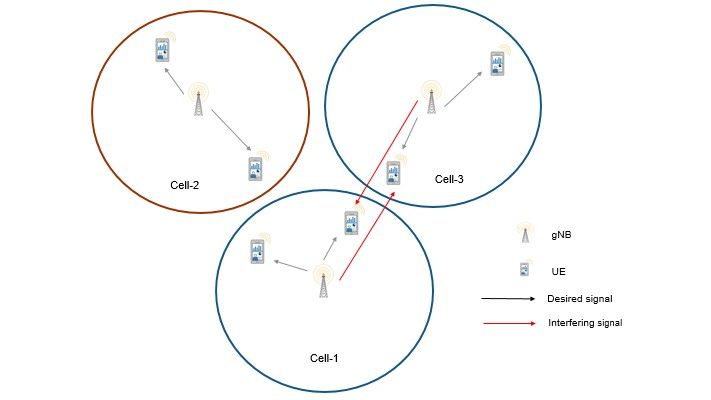5G Toolbox provides standard-compliant functions and reference examples for the modeling, simulation, and verification of 5G New Radio (NR) and 5G-Advanced communications systems. The toolbox supports link-level simulation, golden reference verification, conformance testing, and test waveform generation.
With the toolbox you can configure, simulate, measure, and analyze end-to-end 5G NR communications links. You can modify or customize the toolbox functions and use them as reference models for implementing 5G systems and devices.
The toolbox provides functions and reference examples to help you characterize uplink and downlink baseband specifications and simulate the effects of RF designs and interference sources on system performance. You can generate waveforms and customize test benches either programmatically or interactively using the Wireless Waveform Generator app. With these waveforms, you can verify that your designs, prototypes, and implementations comply with the 3GPP 5G NR specifications.
Waveform Generation
Generate standard-compliant 5G NR waveforms. Configure and generate custom waveforms and NR test models and fixed reference channels. Interactively create, add RF impairments, visualize, and export waveforms with the Wireless Waveform Generator app.
Link-Level Simulation
Simulate 5G NR end-to-end wireless communication links. Incorporate transmitter, channel modeling, and receiver operations. Apply cluster delay line (CDL) and tapped delay line (TDL) channel models. Analyze link performance by computing block error rate and throughput metrics.
Test and Measurement
Evaluate the performance of 5G RF transmitters. Model and test NR RF receivers in the presence of interference. Characterize RF link performance. Measure adjacent channel leakage ratio (ACLR) and error vector magnitude metrics.
MIMO and Beamforming
Use channel state information (CSI) feedback to adjust transmission parameters, including code rate, modulation, number of layers, and MIMO precoding matrix. Estimate uplink channels using sounding reference signals exploiting channel reciprocity in a time division duplex (TDD) scenario. Use CSI reference signal and select the optimal transmit beam based on reference signal received power measurements.
Propagation and Channel Models
Generate TDL and CDL channel models. Configure the CDL channel model with the result of ray tracing analyses. Explore channel information, including antenna element, element pattern, number of rays, angles, delays, attenuations, and cluster paths.
Cell Search Procedures
Perform cell search and selection procedures to extract initial system information, including Master Information Block and First System Information Block. Model the physical random-access channel. Use synchronization signal blocks to perform beam management procedures consisting of beam sweeping, measurement, determination, reporting, and recovery steps.
System-Level Simulation
Simulate frequency-time resource sharing among multiple UEs in a 5G NR network. Evaluate the performance of medium access control scheduling strategies in both TDD and frequency division duplexing modes.
AI for Wireless
Apply AI for wireless techniques to optimize 5G NR operations. Use an autoencoder neural network to compress downlink CSI. Train a deep Q-network (DQN) reinforcement learning agent for beam selection. Train a convolutional neural network for channel estimation.
Product Resources:
“We started with a working example from MathWorks that included 5G new radio cell search and master information block recovery and modified the design to match customer requirements. This helped simplify our work and saved us a lot of time.”
Vinoth Thuruvas, Capgemini












